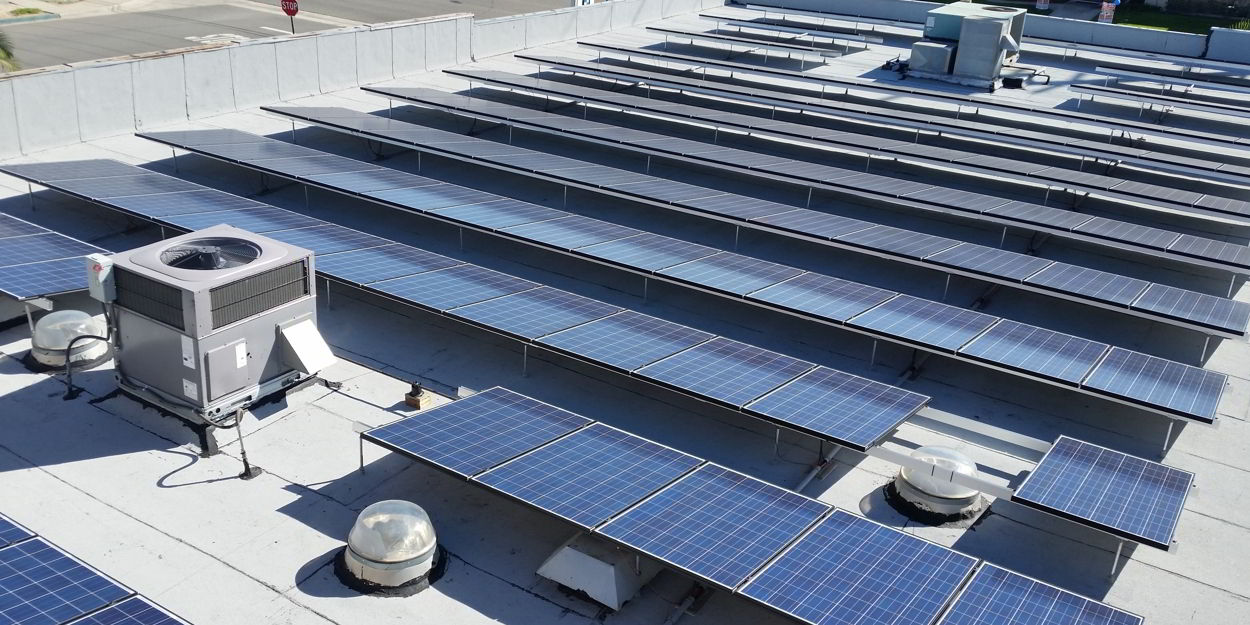NEM 3.0 is at our doorstep. On December 15, 2022, the CPUC voted unanimously to pass NEM 3.0, which will dramatically change California’s solar and energy storage landscape. NEM 3.0 will reduce the value of exported energy by roughly 75%, leaving rates at a fraction of what they were and effectively changing the economics of solar and energy storage overnight. With implementation on April 14, 2023, there are several things developers need to be aware of and prepare for as we enter this new era.
The most critical change of the new NEM 3.0 “Net Billing” tariff is the slashed export rates, which are based on hourly values set based on the Avoided Cost Calculator (ACC). Other important issues to be aware of include: ACC values lock in for 9 years and float thereafter, residential customers are required to take service on mandatory electrification rates, both PG&E and SCE residential customers are eligible for ACC Plus Adders for the first five years, and exports will now be counted based on instantaneous netting rather than interval period based netting. You can read more in–depth about changes in arecent ETB blog. However, there’s still time to lock in those NEM 2.0 rates. Interconnection applications must be submitted by April 14, 2023, to lock in those rates and maintain grandfathering protections for 20 years.
Key Impacts of NEM 3.0 on Project Economics
Solar
Upon implementation, NEM 3.0 will almost immediately erode the value of solar bill savings and the project economics of PV-only projects. Essentially, solar becomes less valuable for those under this new net metering framework. With the dramatic cut in export value, the specific amount of erosion depends on the amount of PV exported to the grid. Notably, solar projects with a high percentage of exports will experience the most value loss. Residential projects that size the PV system to meet 100% of annual consumption and export over 50% of their production to the grid will see significant erosion in savings. On the other hand, non-residential projects that offset a smaller percentage of consumption will export less and have less value loss.
An important implication of NEM 3.0 is the payback period of solar projects in California. According toWood Mackenzie, the payback period will shift from roughly five to six years to 14 to 15 years. Under the NEM 3.0 framework and the time-of-use requirements, energy storage will help shorten that payback period for the solar and energy storage system as a whole. The overall story is that solar-only is becoming less valuable as we transition to this new policy if customers don’t capture the grandfathering rates of NEM 2.0.
Energy Storage
Despite the negative impacts NEM 3.0 will have on solar, it will create a strong price signal for energy storage and is expected to dramatically increase adoption. NEM 3.0 creates a tailwind for California’s energy storage market due to the sharp reduction in the value of exports, creating a lucrative price signal for combining storage with solar to fend off exports and self-consume more energy. Furthermore, there is a substantial value capture opportunity for storage projects that export to the grid during premium-priced hours that are established in the new ACC framework, which creates high hourly export values during specific periods of grid stress (i.e., 7—8 P.M. in September where PG&E will value exports at $2.87/kWh). Storage attachment rates are expected to increase dramatically upon NEM 3.0’s implementation. California interconnection data shows storage attachment rates between 10% and 15% during the last three years. After NEM 3.0, attachment rates can be expected to range upwards of 70% to 80%. This is similar to Hawaii’s current attachment rates that implemented a NEM program that diminished the value of exports in 2015.
For customers who don’t qualify or don’t get an interconnection application submitted in time to stay under NEM 2 framework, developers should be ready to start selling and implementing more solar and energy storage projects down the line for customers. NEM 3.0 is hopeful of influencing market adoption in the immediate future, and in time, the market will shift, and customers will look to deploy more solar and energy storage to get the most value. While NEM 3.0 means customers will get reduced credits for their systems, it’s possible to balance electricity costs by adding storage.
Energy Toolbase has the software and tools to help you with identifying where energy storage fits under NEM 3.0, procuring batteries, and getting your projects deployed. Set up a call to talk more about ourAcumen EMS™ offering.
Modeling NEM 3.0 Projects in ETB Developer
Energy Toolbase has been preparing for this shift for quite some time, knowing that the changes to this framework could be substantial. TheETB Developer platform now fully supports modeling solar and energy storage projects under the new NEM 3.0 framework, where exported energy is based on the actual hourly ACC export values, utility bill savings, and overall project economics of NEM 2.0 vs. NEM 3.0 projects. Developers can use this to offer an attractive value proposition for solar projects with batteries, allowing them to showcase the full view of the value energy storage can provide for solar. Additionally, the in-house utility rates experts at Energy Toolbase have all of the latest effective date residential and commercial rate tariffs with ACC values for exports for all three IOU territories.
The Energy Toolbase team is here to help developers navigate the changes that NEM 3.0 will bring. You can always reach out to your Onboarding or Regional Account Manager with questions, or you canset up a one-on-one meeting.

